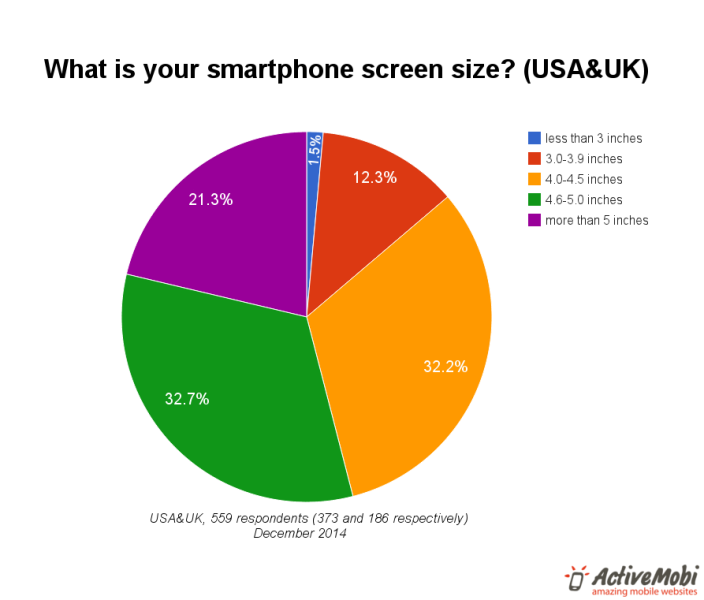
Today, we as consumers are becoming increasingly demanding, especially when it comes to new technologies that seem to develop rapidly. With smartphones being a part of our daily lives, we know exactly what we want, what features are unnecessary, and what is essential. To meet users’ needs for larger screens that enhance entertainment, a new category has emerged. Phones with screens larger than 5 inches but smaller than 7 inches fall into this new category called phablets. They combine features of smartphones and tablets, hence the name.
But why would anybody buy them?
Phablets were created to take what is best from these two devices – they have more power, better graphics, greater performance and all this packed in a device of the optimal size. This lets users truly enjoy reading books, watching films, browsing the Internet, but with the size way more comfortable than that of a tablet. And still, we can take our phablets everywhere – sometimes the jeans pockets are just a little bit too small, indeed, but there’s always a jacket you can slip them in.
How it started
At the very beginning, users thought phablets were just too big, impractical and weird. Nonetheless, right now phablets are not merely a trend – they seem to be a logical consequence of the development of mobile technologies. It all started with Samsung and its Galaxy Note – the first series of phablet devices. Now it’s not only them – every single electronic device manufacturer has at least one phablet in their smartphone range.
But do people really use them?
That is what we wanted to determine. Towards the end of December 2014 we conducted a worldwide survey on smartphone screen sizes among over 550 people. We focused mainly on the UK and US markets, with a view to checking users’ attitudes towards smartphone screen sizes and whether they were satisfied with the ones they had.
We also wanted to find out how many of our respondents were phablet owners. The results were astonishing, most probably due to the average age of respondents, that is between 16 and 30 years old. As it turned out, 21% of the respondents were phablet owners – every fifth person of those surveyed had a phone with a screen larger than 5 inches.
We also wanted to know whether phablet owners liked the screens they had. As the statistics below shows, most of those surveyed (almost 65%) do like their screen size. What is interesting, those who would want a larger one account for 17.6%, and those who would want a smaller screen account for the exact same number – 17.6%. Overall, these results somehow balance each other out, so we also looked at owners of smaller screen-sized smartphones. In 4.0-4.5 inch screens category more than 35% of those surveyed would prefer to have a larger screen, whereas in 4.6-5.0 inch screens one, 22% would prefer to have a larger screen. However unprepared we can be for larger screens, the trends are obvious – phones are getting bigger and people do not really oppose, a large number even praise the idea.
Location, location, location
So far phablets haven’t been a big hit in the USA. According to Market Monitor Q1 2014 Report, the majority of phones sold in the US by 3 out of 4 biggest carriers were iPhones.

Only T-Mobile sold more Samsung smartphones than iPhones. The number of iPhones sold was not only the largest, but also accounted for more than 50% of total sales by At&T and Verizon. That may have been a problem with the American market – Apple without a phablet meant low interest in the topic among Americans. But that was not the case for long. September the 19th 2014 was a particularly important date for phablets – that was when along with iPhone 6, iPhone 6 Plus was released with its 5.5-inch screen and made the brand enter the phablet category with its new, larger iPhone.
Apples under Christmas trees
Apple took a risk, but it was worth it. According to Flurry, a company analyzing the mobile market, during Christmas period, between 19th and 25th of December, Apple iPhone 6 was number one in new device activations worldwide, whereas iPhone 6 Plus, the first phablet by Apple, managed to get to the top 5! Thanks to this device, in comparison to 2013 and the Christmas period back then, the number of phablet activations rose by almost 300%!

We also checked among our respondents what the most common brands in the USA were when it comes to phablets. As you can see in the statistics above, the winner is Apple and the second place goes to Samsung. What is worth mentioning is that Samsung has a wide range of phablets, whereas Apple has got only one, but it won nonetheless. This means Apple is revolutionary and may have already significantly influenced the rest of the market by introducing iPhone 6 Plus.
Revolution on the rise?
Research conducted by Canalys shows that in the first quarter of 2014, ⅓ of smartphones shipped in Q1 2014 had 5-inch screens and bigger ones. And that was before the iPhone 6 Plus release! We are impatiently waiting for this year’s first quarter results, whether the phablet market will grow or not. However, according to all the given data we suppose it is not us who will have to get used to bigger screens as we are simply in the middle of doing so – it is jeans factories that will have to start making bigger pockets.
This post was originally published on ActiveMobi.


